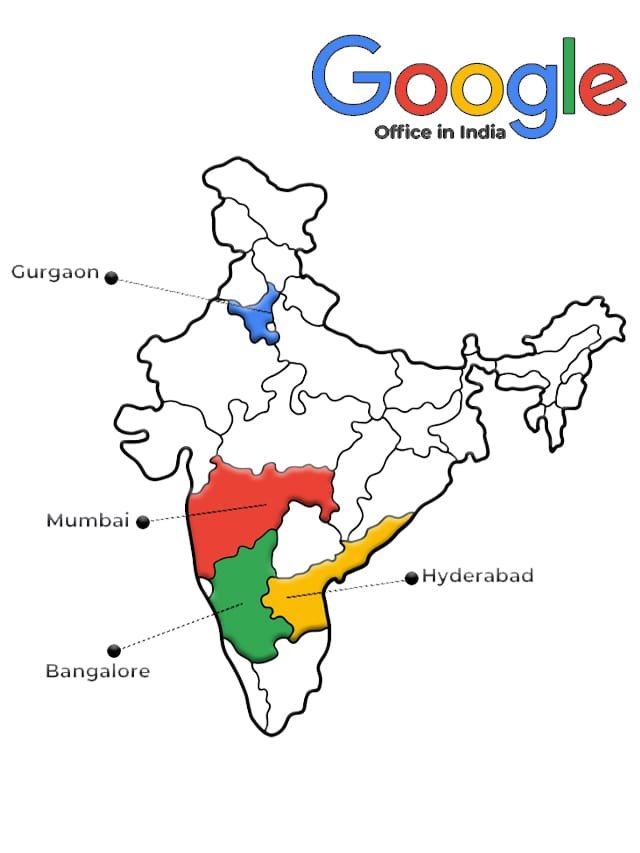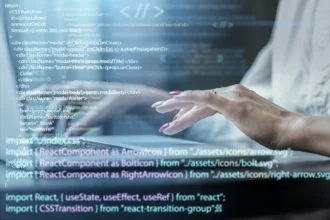Are you curious about coding but don’t know where to start? Do you want to learn how to build software, analyze data, or even create games? If so, you’re in the right place! In this article, we’ll explore Python programming basics for beginners, helping you embark on an exciting journey into the world of coding with Python.
Python is one of the most popular programming languages today, praised for its simplicity and versatility. Whether you’re looking to start a new career, enhance your skill set, or simply explore a new hobby, learning Python can open up a world of opportunities. Let’s dive into the essentials of Python programming, explore useful tips, and provide you with resources to help you along the way!
Why Learn Python?
Before we jump into the basics of Python programming, let’s discuss why Python is an excellent choice for beginners:
- Easy to Read and Write: Python has a clear and straightforward syntax, making it accessible for newcomers.
- Versatile: Python can be used in various applications, from web development and data analysis to artificial intelligence and scientific computing.
- Large Community Support: Python has a massive community of users and developers who contribute to a wealth of resources, tutorials, and libraries.
- High Demand in Job Market: Proficiency in Python is often sought after by employers, making it a valuable skill in the tech industry.
Getting Started with Python
1. Setting Up Your Environment
To begin your Python journey, you need to set up your programming environment. Here’s how:
- Download Python: Visit the official Python website and download the latest version compatible with your operating system.
- Install an IDE: An Integrated Development Environment (IDE) like PyCharm, Visual Studio Code, or Jupyter Notebook can enhance your coding experience. For beginners, IDLE (which comes with Python) is a simple option to start coding.
| IDE | Description | Best For |
|---|---|---|
| PyCharm | Feature-rich IDE | Larger projects |
| Visual Studio Code | Lightweight, customizable | General programming |
| Jupyter Notebook | Interactive notebooks | Data analysis and visualization |
| IDLE | Simple and user-friendly | Beginners |
2. Writing Your First Python Program
Now that your environment is set up, let’s write your first Python program:
pythonCopy codeprint("Hello, World!")
- Explanation: The
print()function outputs the text “Hello, World!” to the console. This is often the first program written by beginners in any programming language.
Understanding Python Basics
3. Basic Syntax
Python uses indentation to define code blocks. Here’s a quick overview of some fundamental syntax rules:
- Variables: Used to store information. For example:pythonCopy code
name = "Alice" age = 25 - Data Types: Python has several built-in data types:
- Integers: Whole numbers (e.g.,
5,-3) - Floats: Decimal numbers (e.g.,
3.14,-2.0) - Strings: Text (e.g.,
"Hello, World!") - Booleans: True or False values (e.g.,
True,False)
- Integers: Whole numbers (e.g.,
4. Control Flow Statements
Control flow statements allow you to control the execution of your program:
- If Statements: Used for conditional execution.pythonCopy code
if age >= 18: print("You are an adult.") else: print("You are a minor.") - Loops: Used to execute a block of code multiple times.
- For Loop:
for i in range(5): print(i)- While Loop:
count = 0 while count < 5: print(count) count += 1
Key Concepts in Python Programming
5. Functions
Functions are reusable blocks of code that perform specific tasks. Here’s how to define and call a function in Python:
pythonCopy codedef greet(name):print("Hello, " + name + "!")
greet("Alice") # Outputs: Hello, Alice!
6. Lists and Dictionaries
- Lists: Used to store multiple items in a single variable.pythonCopy code
fruits = ["apple", "banana", "cherry"] print(fruits[1]) # Outputs: banana - Dictionaries: Used to store data values in key-value pairs.pythonCopy code
person = {"name": "Alice", "age": 25} print(person["name"]) # Outputs: Alice
Learning Python Effectively
7. Resources for Learning Python
To enhance your Python programming skills, consider exploring these resources:
| Resource | Description |
|---|---|
| Codecademy | Interactive coding lessons |
| Coursera | Online courses from top universities |
| edX | Free online courses |
| YouTube | Video tutorials and coding challenges |
| Books | “Automate the Boring Stuff with Python” and “Python Crash Course” |
Python Tips for Beginners
- Practice Regularly: Consistent practice is key to mastering any programming language. Try to code a little every day.
- Join Coding Communities: Engage with others by joining forums like Stack Overflow, Reddit’s r/learnpython, or Python Discord communities.
- Work on Projects: Apply what you’ve learned by building small projects, such as a calculator, to-do list, or a simple game.
- Debugging: Don’t be afraid to make mistakes. Use debugging tools to help identify and fix issues in your code.
READ MORE : Web Development Tips for Beginners
READ MORE : 6 New GitHub Features You Need to Know About in 2024
Frequently Asked Questions (FAQs)
Q1: What is Python used for?
A1: Python is used in various fields, including web development, data science, artificial intelligence, machine learning, automation, and scientific computing.
Q2: Do I need to have a background in programming to learn Python?
A2: No, Python is beginner-friendly, and you can start from scratch without prior programming knowledge.
Q3: How long does it take to learn Python?
A3: It depends on your dedication and prior experience, but many people start feeling comfortable with the basics within a few weeks to months of consistent practice.
Q4: Are there any prerequisites for learning Python?
A4: There are no formal prerequisites, but a basic understanding of how computers work will be helpful.
Q5: What are some common mistakes beginners make when learning Python?
A5: Common mistakes include not using indentation properly, misunderstanding data types, and neglecting to comment on code.
Conclusion
Congratulations on taking the first step toward learning Python programming! By understanding the basics, practicing regularly, and utilizing available resources, you’ll soon find yourself coding with confidence. Remember, every expert was once a beginner, so stay patient and persistent.
Thank you for reading! We hope this guide on Python programming basics for new coders has inspired you to start your coding journey. For more insights and updates, don’t forget to join CourseBhai through our social media channels, enable push notifications, and subscribe to our newsletters. Happy coding












